On September 1st we announced our Young Tiddas on Country program, a five-year, community-led initiative based in Armidale, Guyra, and Uralla for First Nations girls in years 4–9. Guided by Elders, local women, and community, the program is co-designed with First Nations girls and built to be flexible and adaptive, responding to the needs, aspirations, and emerging priorities of participants. Delivered by Murawin as an initiative of NSW Government, the program creates safe spaces for culture, education, wellbeing, and leadership, and evolves as the girls and community shape it over time.
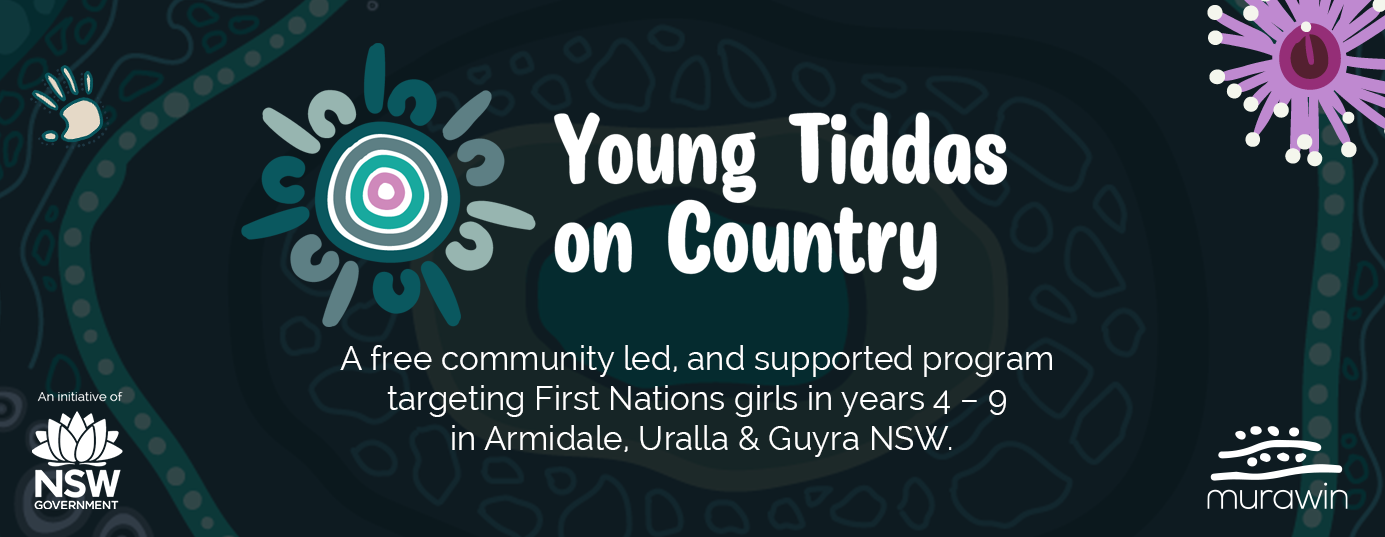
For too long, Aboriginal and Torres Strait Islander girls have faced systemic barriers to staying engaged in school. Education is about more than grades, it’s about building confidence, nurturing identity, and opening pathways to leadership. But the numbers tell us there’s still a long way to go. In 2021, 68% of Aboriginal and Torres Strait Islander students completed Year 12 compared to 91% of non-Indigenous students[1]
[1] Australian Institute of Health and Welfare & National Indigenous Australians Agency. (2023). Measure 2.05 Education outcomes for young people, Aboriginal and Torres Strait Islander Health Performance Framework website. Retrieved from https://www.indigenoushpf.gov.au/measures/2-05-education-outcomes-for-young-people
Why the Transition Years Matter
The move from primary to secondary school is one of the most important, and most challenging, times in a young person’s educational journey. For many First Nations girls, this is when engagement begins to falter. Research shows that disengagement often increases during major transitions (Year 6–7 and Year 10–12).[2]
The reasons are complex: adjusting to new environments, larger schools, different teaching styles, and sometimes a lack of cultural safety. Without strong support, these changes can lead to falling attendance, loss of confidence, and in some cases, leaving school early.
That’s why Young Tiddas on Country begins with girls in Years 4–7, to build a strong foundation before and during this critical transition. By embedding cultural pride and community support at this stage, we give girls the confidence and tools to navigate high school successfully.
[2] Centre for Education Statistics and Evaluation. (2017). The role of student engagement in the transition from primary to secondary school. NSW Department of Education. Retrieved from https://education.nsw.gov.au/about-us/education-data-and-research/cese/publications/research-reports/student-engagement-in-transition-from-primary-to-secondary-school
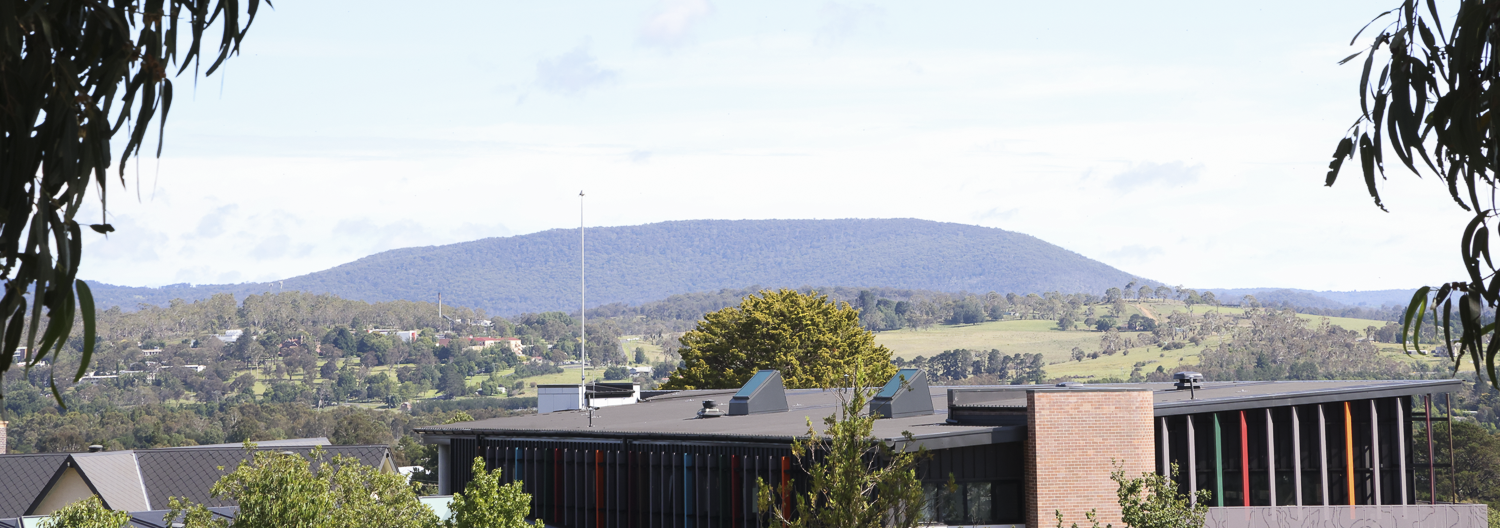
The Challenges Our Girls Face
The gaps are clear. In 2022, Aboriginal students in NSW had an attendance rate of 75%, compared to 87% for non-Indigenous students.[3] According to the Australian Institute of Health and Welfare (AIHW), between 2019 and 2022, attendance rates decreased by 7 percentage points for First Nations students and by 5 percentage points for non-Indigenous students.
The attendance gap is even more pronounced in the Armidale and New England region. Data for Aboriginal female students in schools within the Armidale LGA and Uralla Central School between 2015 and 2024 shows consistently lower attendance rates, particularly in secondary school and during key transitional years. In 2024, attendance in Year 10 had dropped to 47.4%, and in Years 11–12, to 57.2%, continuing the downward trend observed over the previous decade. The most significant declines occur during the transitions from primary to secondary school (Year 6–7) and early secondary years (Year 8–10), with attendance in Year 7 at 76.9% and Year 8 at 62.7% in 2024, reflecting the ongoing challenges students face in adapting to new school environments and maintaining engagement during these critical educational milestones.[4]
Lower attendance and retention rates are often linked to:
- Socioeconomic disadvantage.
- Health and wellbeing needs.
- Cultural disconnection.
- Schools not always being safe or inclusive places.
These challenges mean that too many of our girls are missing out on the opportunities that education should provide.
[3] Australian Institute of Health and Welfare. (2023). Education of First Nations people. Retrieved from https://www.aihw.gov.au/reports/australias-welfare/indigenous-education-and-skills
[4] Education Statistics and Measurement Unit, Centre for Education Statistics and Evaluation, NSW Department of Education. (2025). Attendance rates – Aboriginal female students in the Armidale LGA and Uralla Central School, 2015–2024, Semester 1. Data extracted May 2025.

What We Know Works
We also know what makes a difference. Evidence shows that when culture is at the centre of education, students thrive.[5] Programs that embed language, cultural practice, and connection to Country strengthen identity and pride, leading to higher engagement and retention.[6]
Mentoring and role models provide encouragement and a vision of what’s possible. Tutoring and tailored academic support help bridge learning gaps. Community partnerships ensure that programs are not imposed, but co-designed and responsive.[7]
This is the foundation on which Young Tiddas on Country is built.
[5] NSW Department of Education. (2024). Embedding Aboriginal language and culture into practice. Retrieved from https://education.nsw.gov.au/early-childhood-education/leadership/news/embedding-aboriginal-language-and-culture-into-practice
[6] https://www.unsw.edu.au/newsroom/news/2024/07/from-country-to-the-classroom-building-relationships-that-empower-teachers-students-and-communities?utm_source=chatgpt.com
[7] Australian Institute for Teaching and School Leadership. (2023). Cultural responsiveness: A focus on Aboriginal and Torres Strait Islander peoples. Retrieved from https://beyou.edu.au/resources/cultural-responsiveness-and-first-nations-perspectives/cultural-responsiveness-a-focus-on-aboriginal-and-torres-strait-islander-peoples
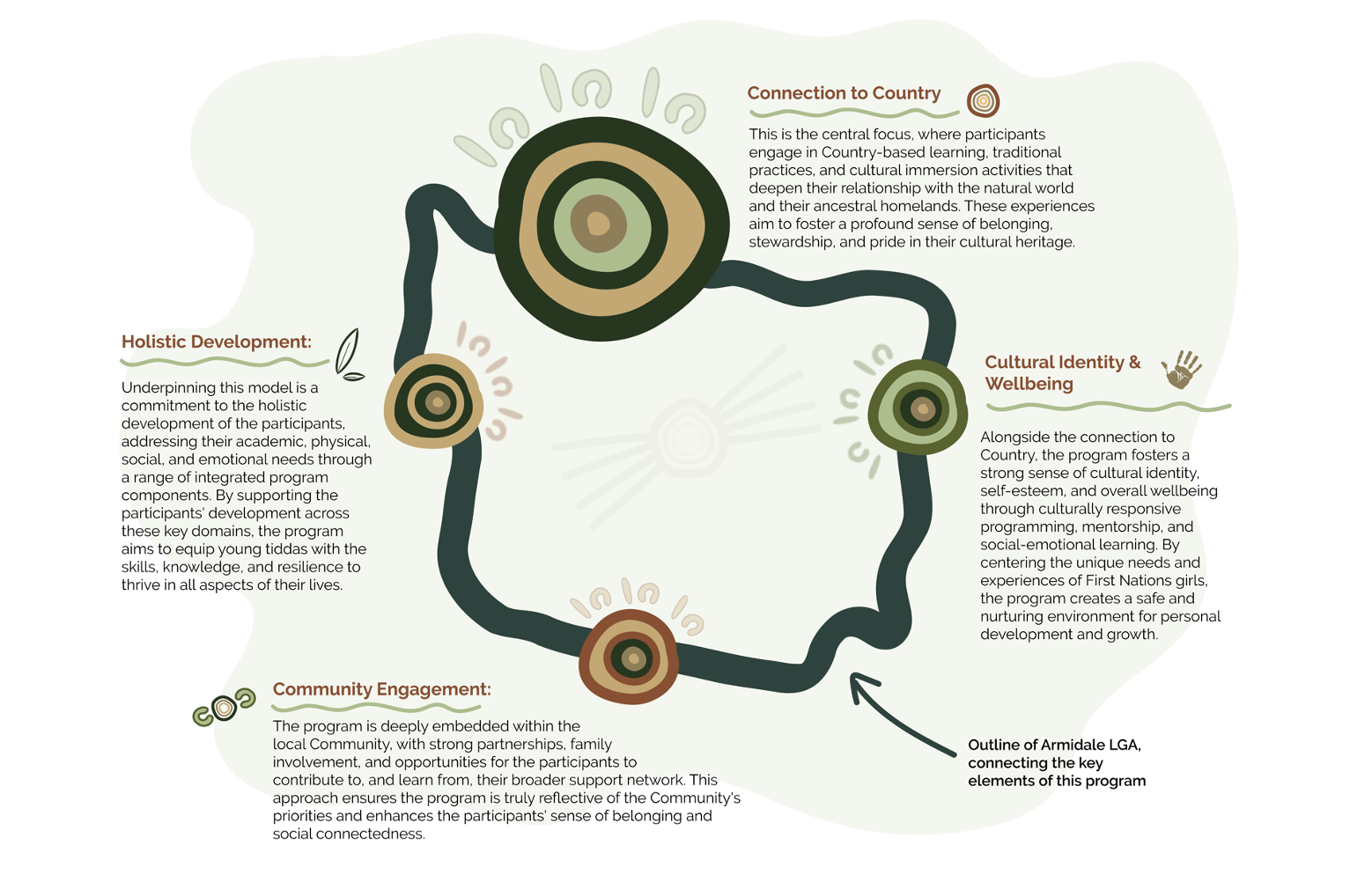
Introducing Young Tiddas on Country
Young Tiddas on Country is a five-year, locally led program supporting Aboriginal and Torres Strait Islander girls from Years 4–9. It’s designed to:
- Empower cultural identity through on-Country learning with Elders and knowledge holders.
- Provide tutoring and academic support aligned with school needs.
- Build confidence through leadership workshops and mentoring with strong First Nations women.
- Strengthen wellbeing with trauma-informed, culturally safe support.
- Create opportunities for creativity and social enterprise, encouraging innovation grounded in culture.
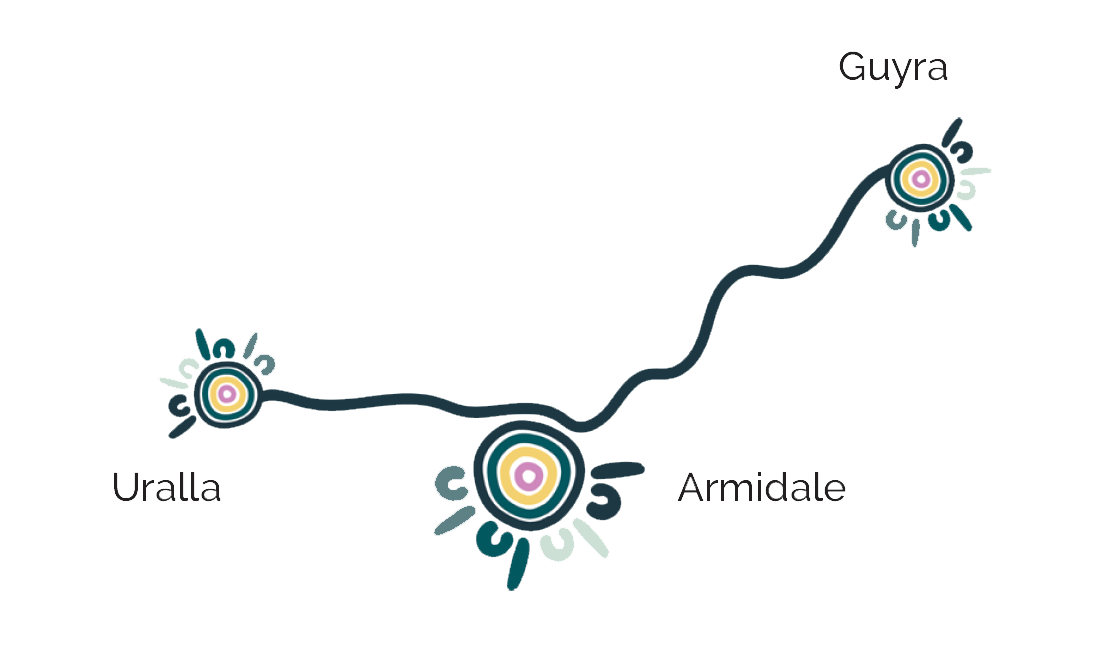
Why Here, Why Now
The New England region has seen more Aboriginal students enrolling in schools, but retention and attendance challenges remain persistent. Until now, there has been no program in Armidale, Uralla, and Guyra dedicated to First Nations girls, designed at this scale, and rooted in culture. Young Tiddas on Country fills that gap. It’s not just a program, it’s a community movement, ensuring girls are supported through transitions and beyond.
The program will work closely with existing local initiatives, including school-based support services, Aboriginal cultural mentoring programs, and youth-focused community organisations, creating a coordinated network that strengthens pathways for engagement, learning, and personal development.
Importantly, Young Tiddas on Country is designed to be flexible and adaptive. We acknowledge we do not have all the answers, but the program will be built and developed alongside participants, families, and partners, responding to emerging needs and shifting circumstances. This nimble approach ensures the program can pivot when required, maintaining relevance and impact for the girls it serves.
Enrolments will open in Term 4, 2025 for the first cohort of Years 4–7 girls, with the program officially launching in Term 1, 2026.
The year will begin with a welcome event for participants and their families, celebrating culture and community. Guided by a Local Aboriginal Community Advisory Group and Elders, the program will remain accountable to the people it serves. Over five years, we will walk alongside these young women as they grow into leaders, strong in culture, confident in themselves, and ready to shape their futures.
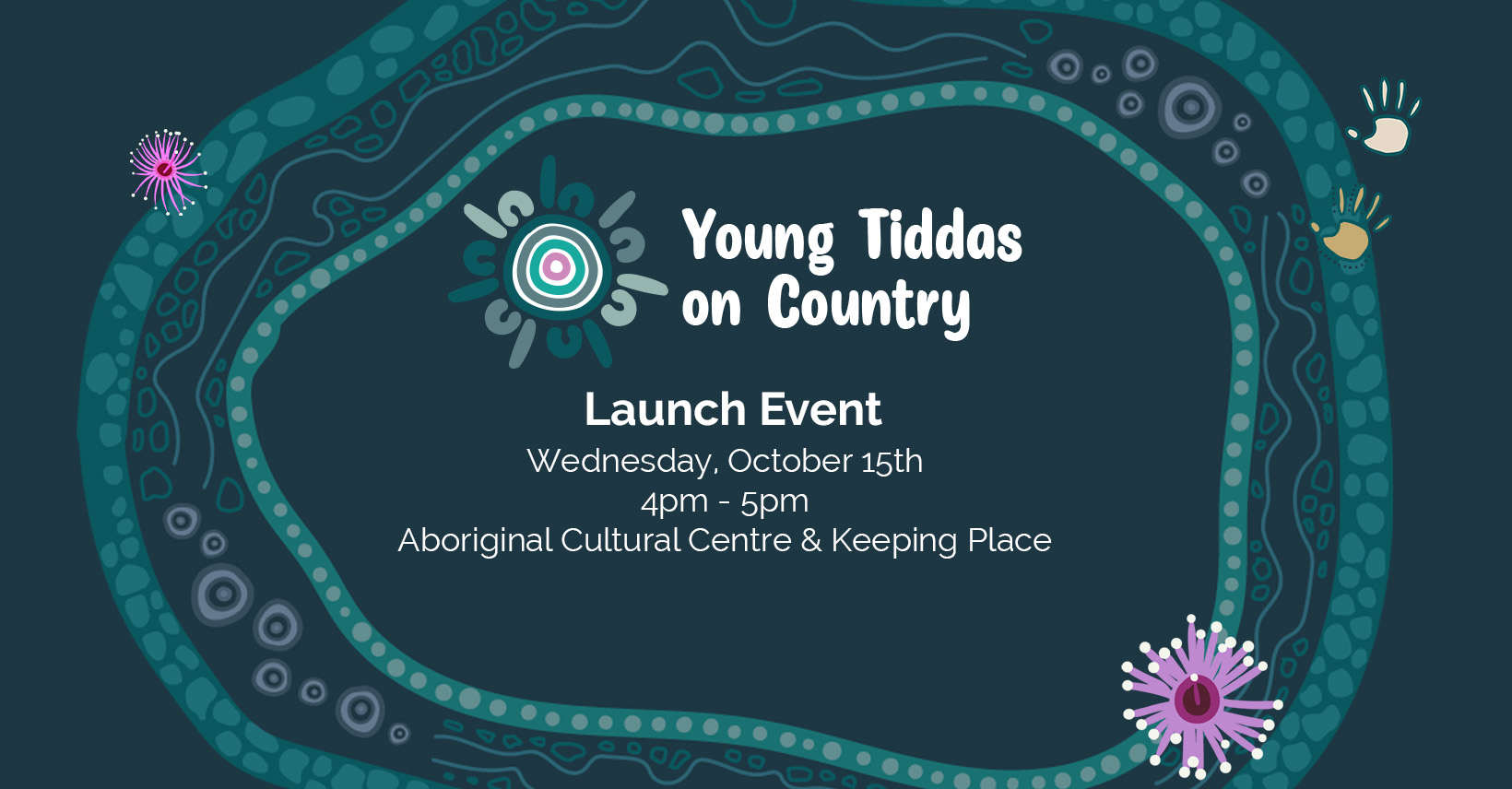
A Call to Community
We invite families to submit Expressions of Interest and encourage the community to share the program widely. Together, we can create a generation of young women who stay strong through transitions, complete their schooling, and carry culture proudly into every space they enter.
Young Tiddas on Country is about more than education. It’s about identity, belonging, and building pathways for our girls to thrive.
